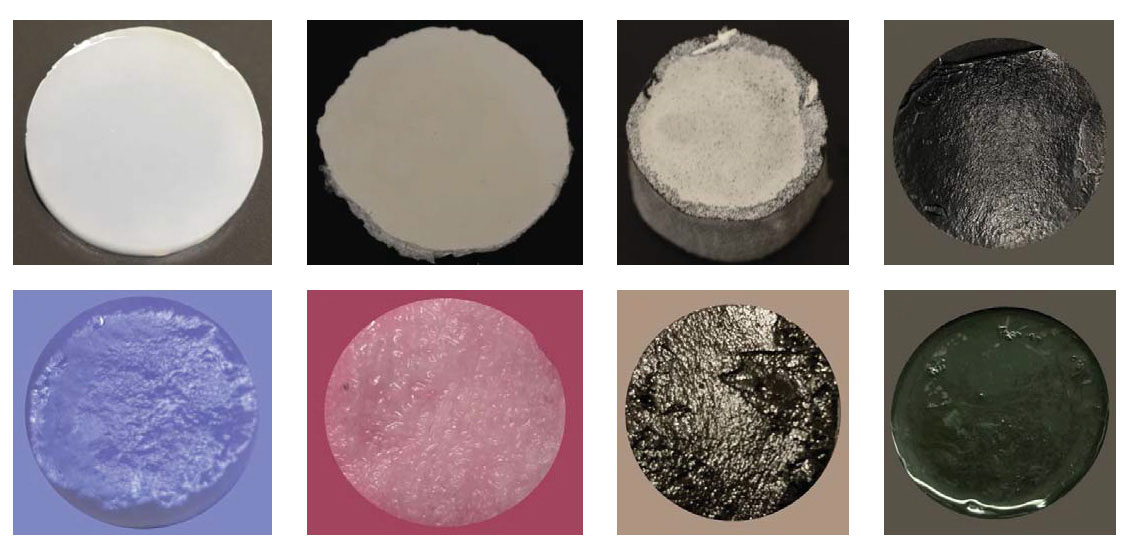[Getty Images]
Everyone knows that warmth causes evaporation from a hot cup of coffee or from beads of sweat. But does light play any role in the process?
Under certain conditions, yes—much to the surprise of scientists investigating the phenomenon. A group of researchers studying evaporation from hydrogels discovered that illumination from visible light makes water evaporate faster than thermal processes alone (Proc. Natl. Acad. Sci. USA, doi:10.1073/pnas.2312751120). The speed is wavelength dependent, with a peak at 520 nm.
The scientists from the Massachusetts Institute of Technology (MIT), USA, dubbed the mechanism the photomolecular effect, because they believe that photons of visible light are cleaving clusters of water molecules off the hydrogel’s surface. The team will study the process further to see how it affects Earth’s water cycle and to determine whether it could play any useful role in desalination and other technological applications.
Light and water
Water itself absorbs very little visible light. But the surfaces of hydrogels—a porous polymer-type material with interstitial water—presented a testbed for studying the interplay of the liquid and vapor phases of water.
In the lab, MIT researchers monitored the surface of a hydrogel to measure evaporation . These photos show prepared hydrogel samples, with the top row showing frozen (top left) or states, and the bottom row showing “swollen states.” [Image: Courtesy of the researchers]
MIT mechanical engineers Yaodong Tu, Gang Chen and their colleagues started with three sets of porous hydrogel samples: some of pure polyvinyl alcohol (PVA), some of mixed polymer content, and some of pure PVA attached to porous carbon paper. They subjected the hydrogels’ surface to solar and narrow-spectrum LED sources, with thermal insulation to prevent the lights from introducing extra heat. The team then measured evaporation rates by monitoring the mass that the samples lost to evaporation as well as the temperature above the hydrogel’s surface.
Tu’s group found that the illumination created evaporation rates exceeding the so-called thermal evaporation limit set by theory, and although the evaporation rates depend on wavelength, the absorptance of visible light does not show strong wavelength dependence.
What drives the effect?
In a theoretical analysis, the team attributed the effect to quadrupole forces acting on clusters of the polar water molecules in the surface region of the hydrogel. In turn, the rapid change of electrical fields perpendicular to the air–hydrogel interface creates the forces, just as predicted by Maxwell’s equations.
The researchers are left asking: Does this happen in nature, from fog and clouds to plant transpiration? Could this effect lead to more efficient solar-powered desalination processes or other energy-related technologies? The answers will probably involve scientists from other disciplines. In the meantime, the MIT team will work with other groups trying to replicate the experimental observations, which even Tu and colleagues deemed “unexpected” and “surprising.”


